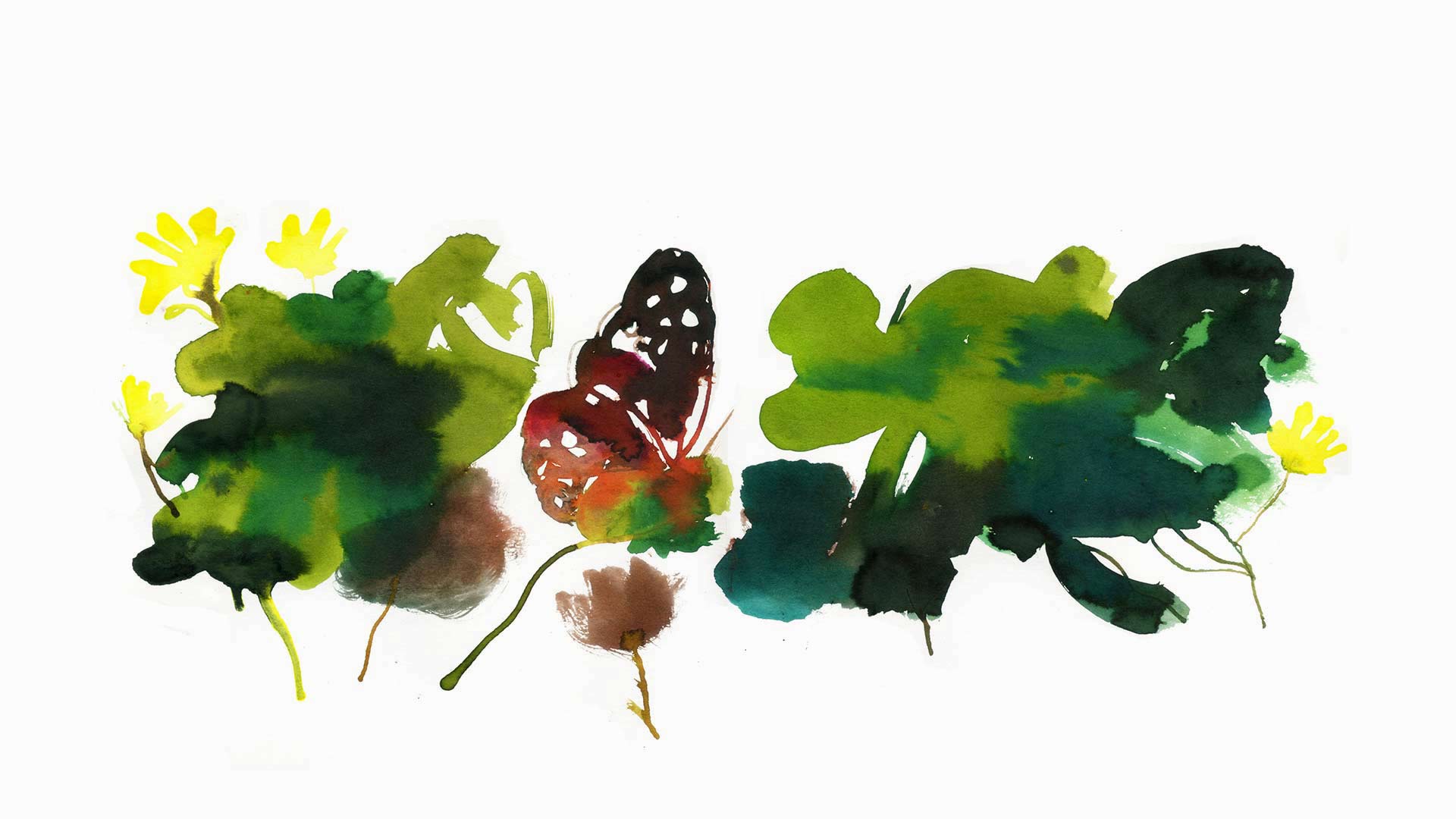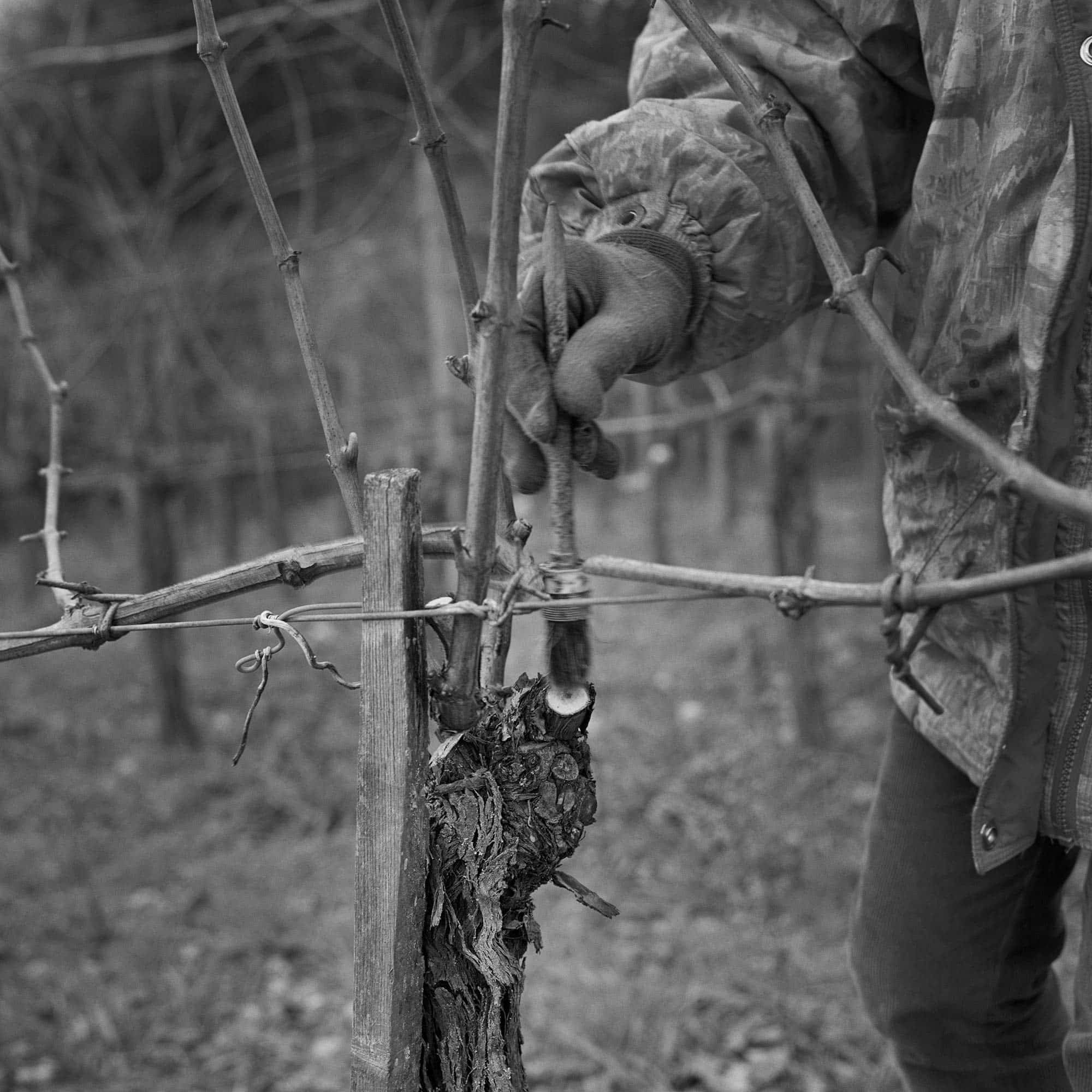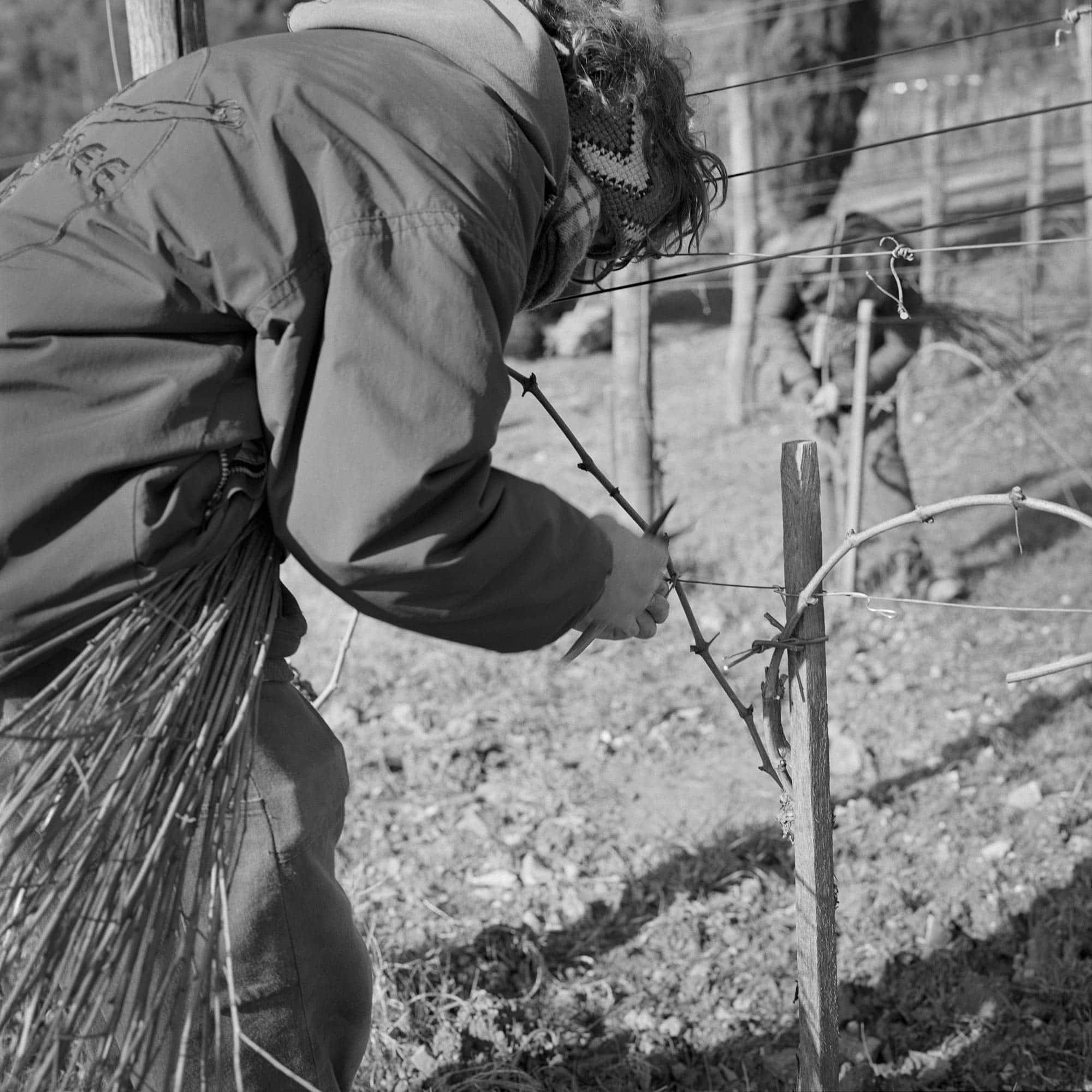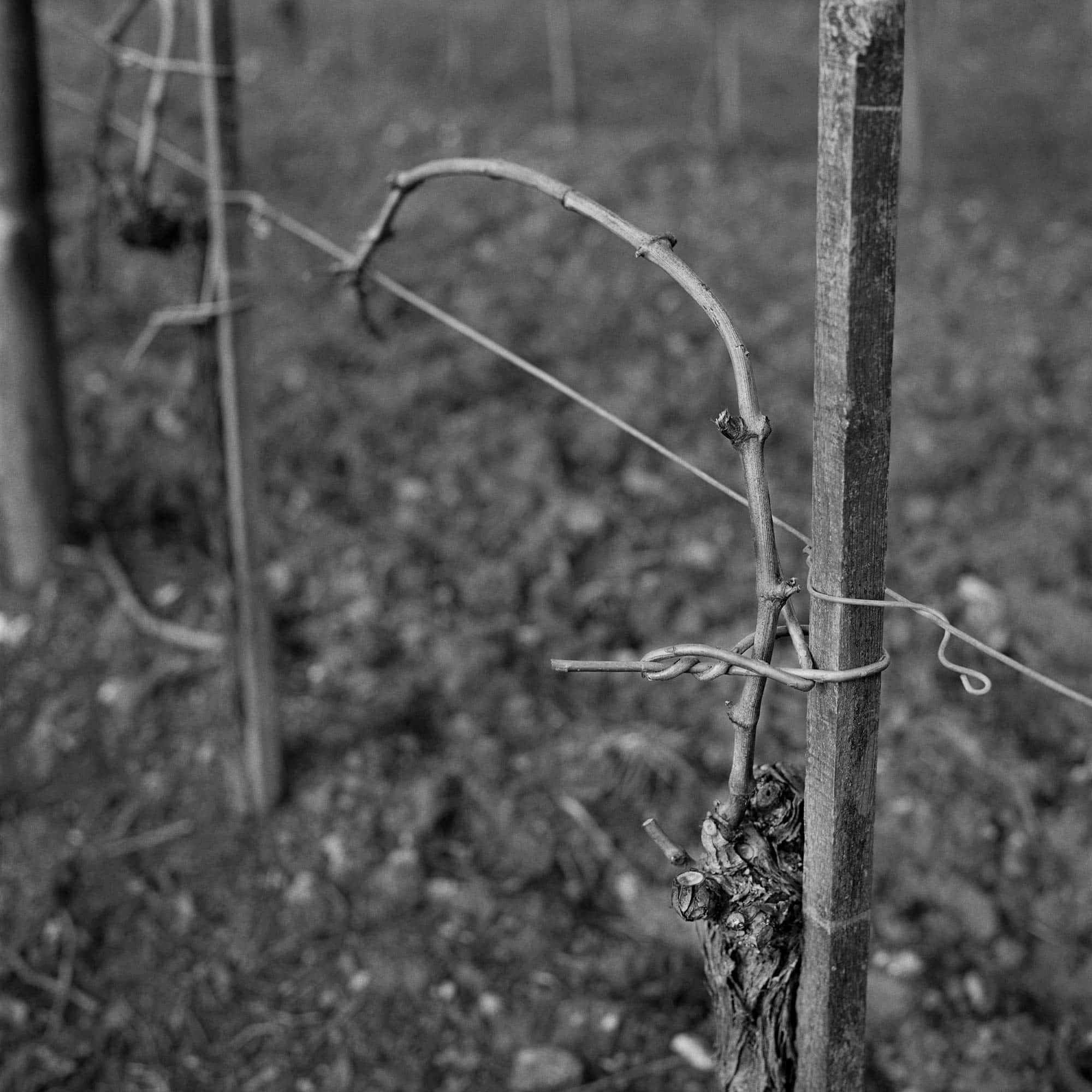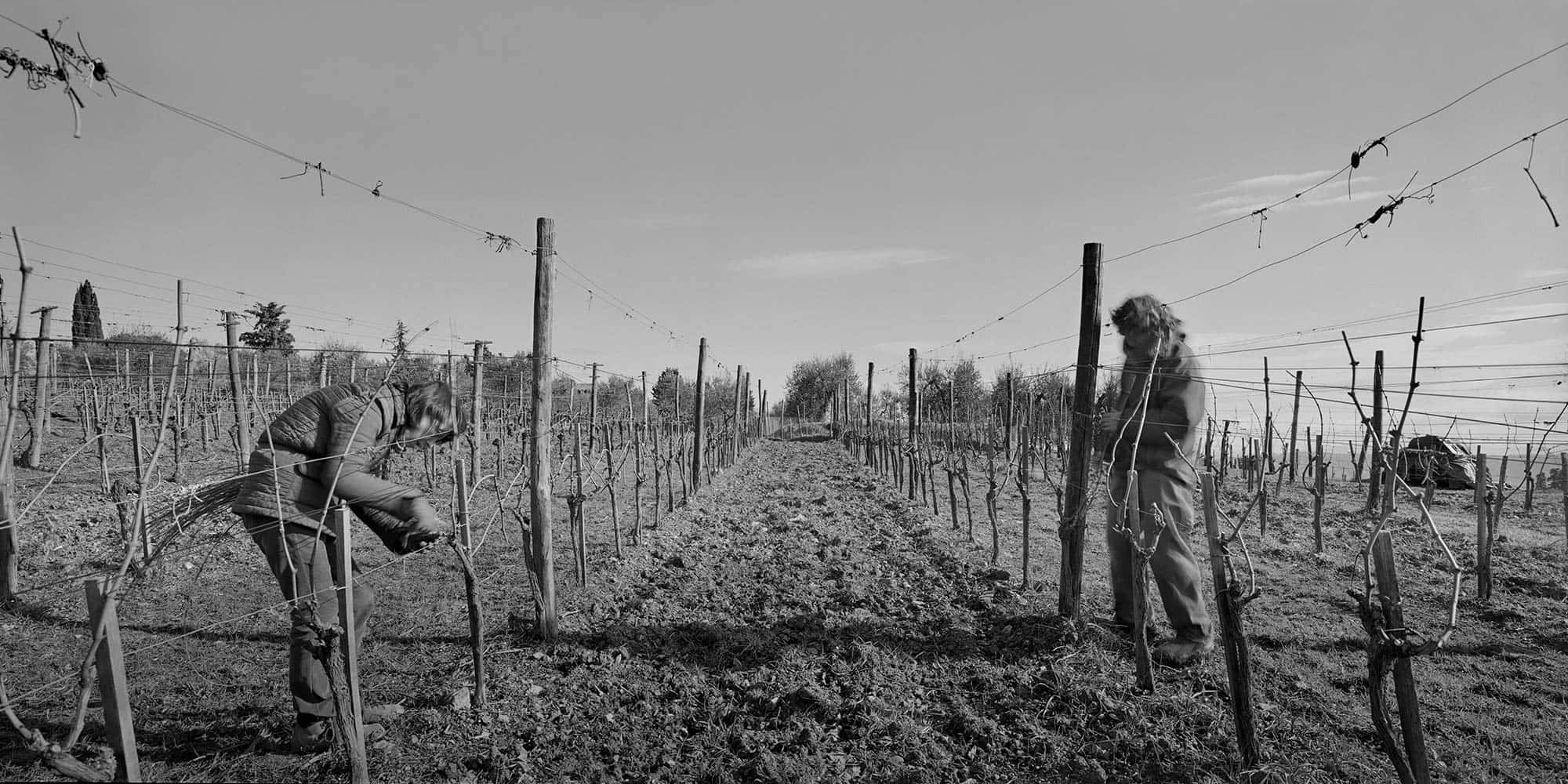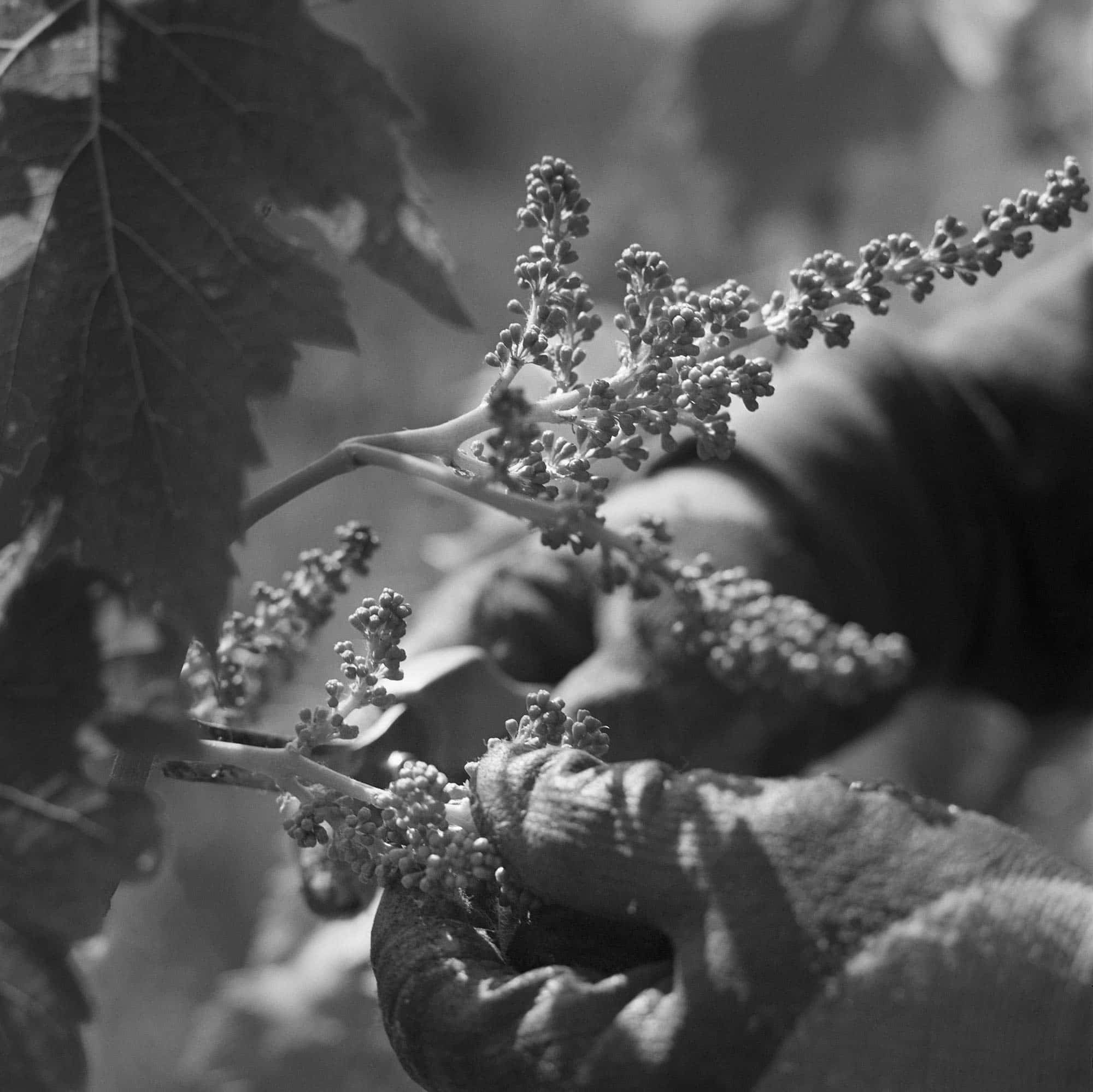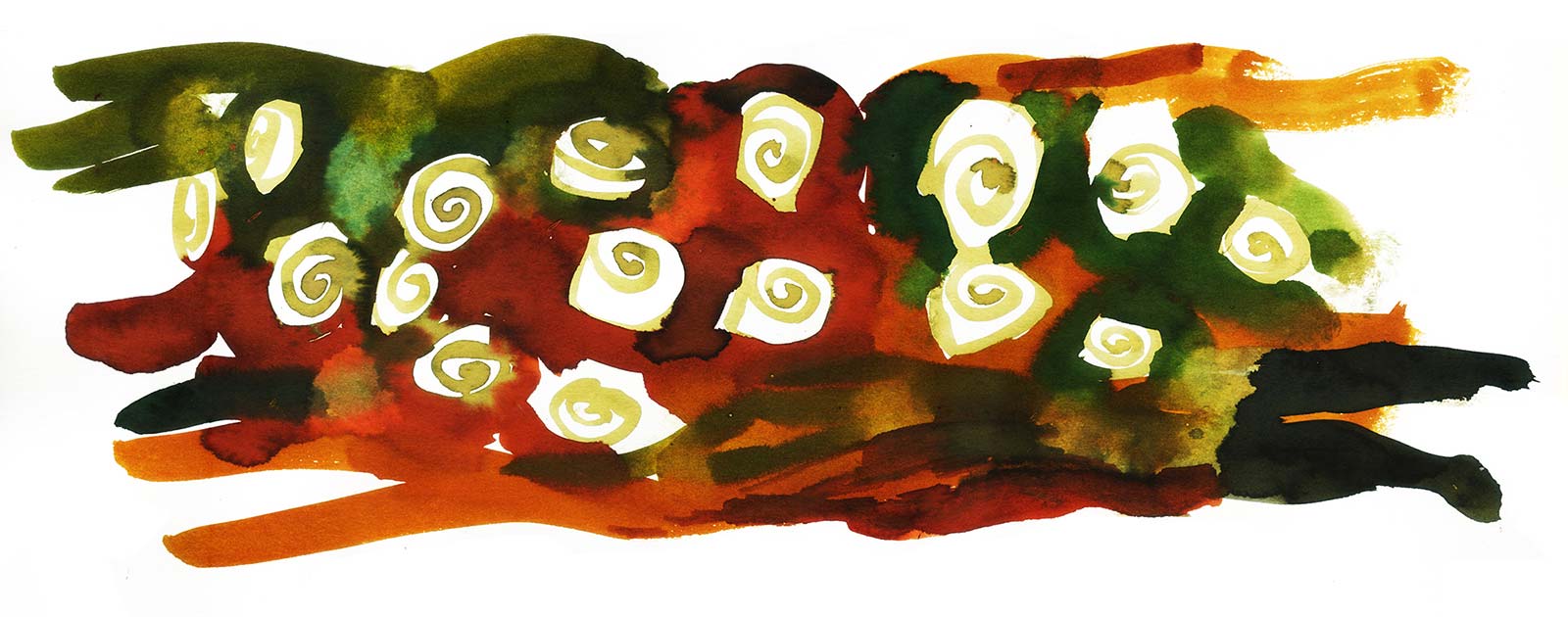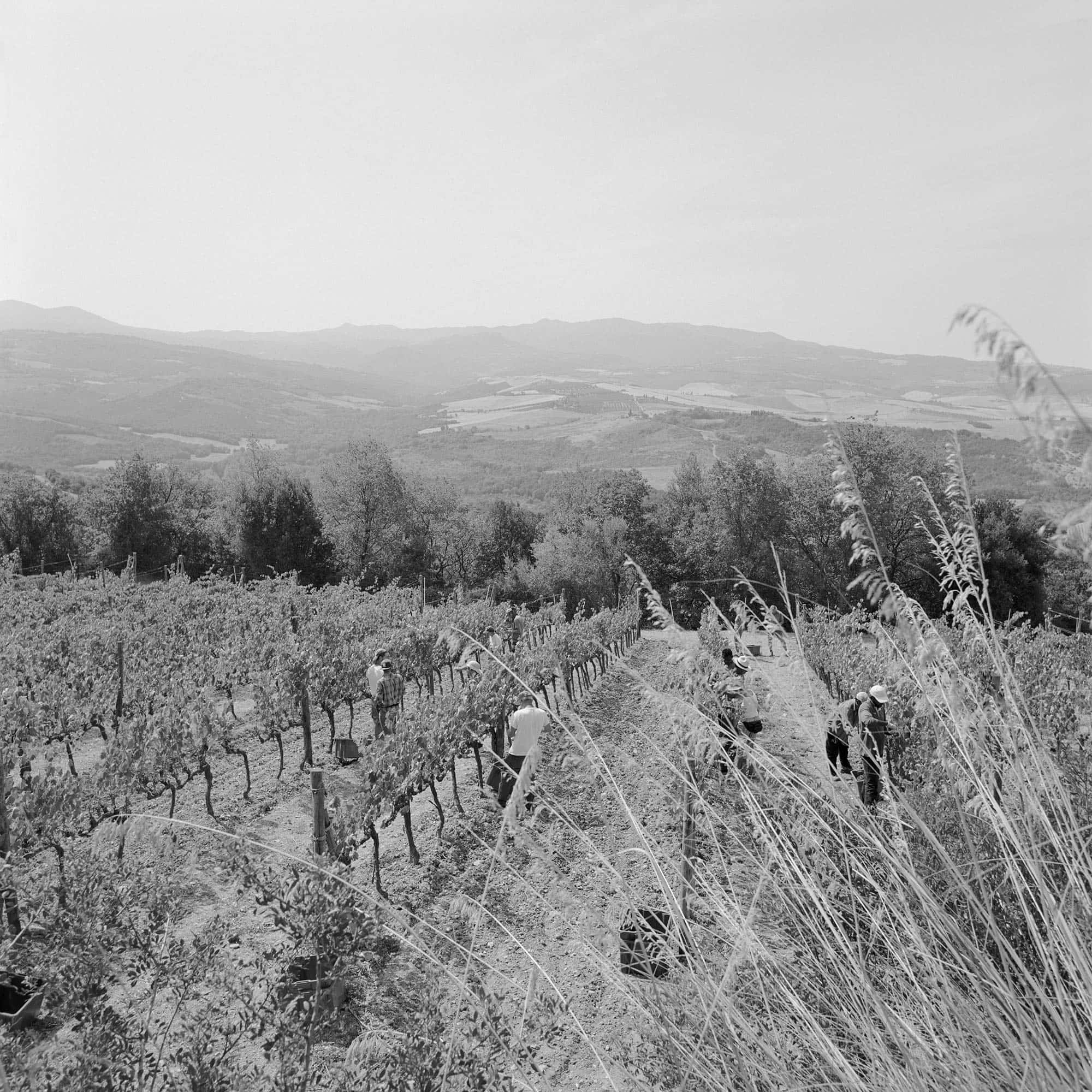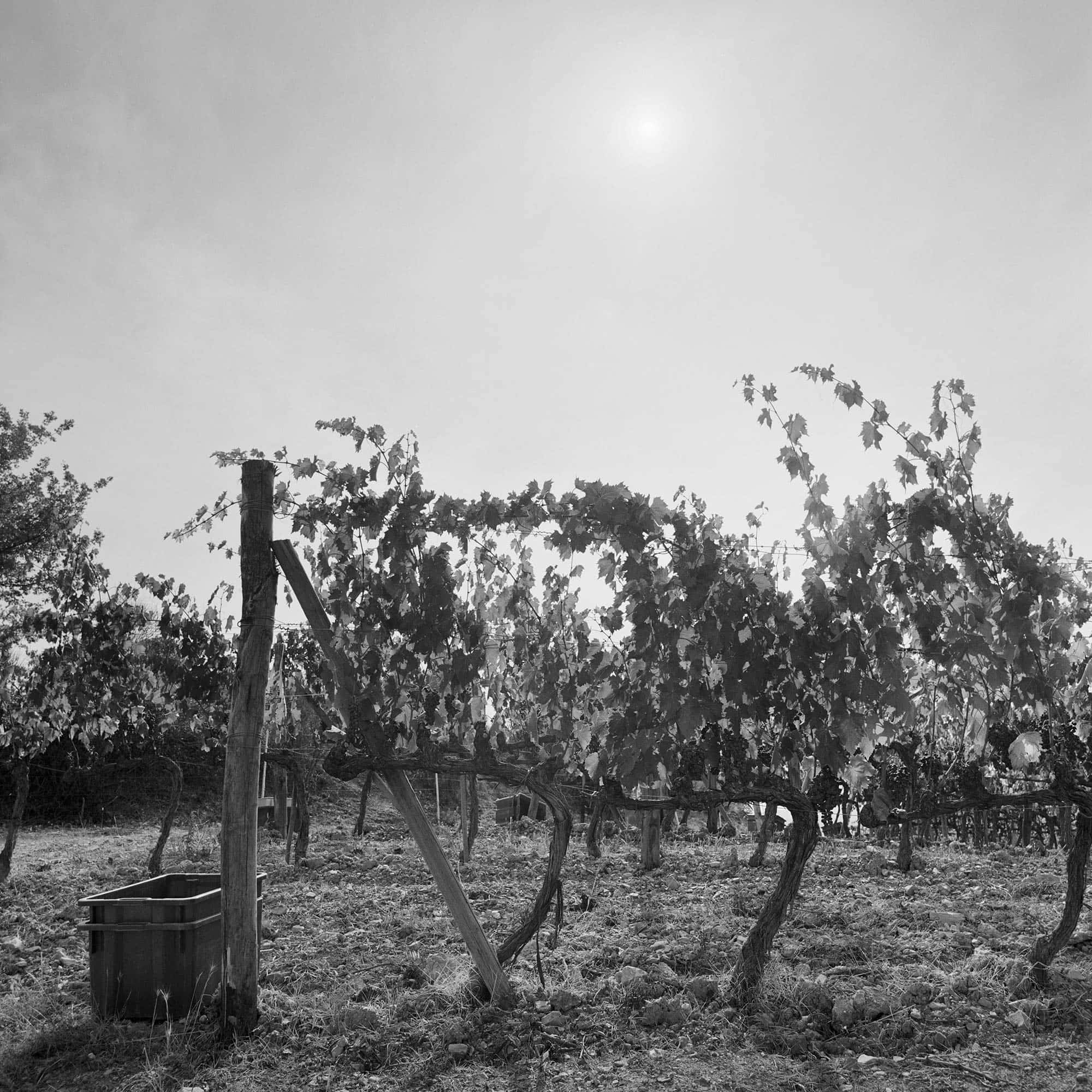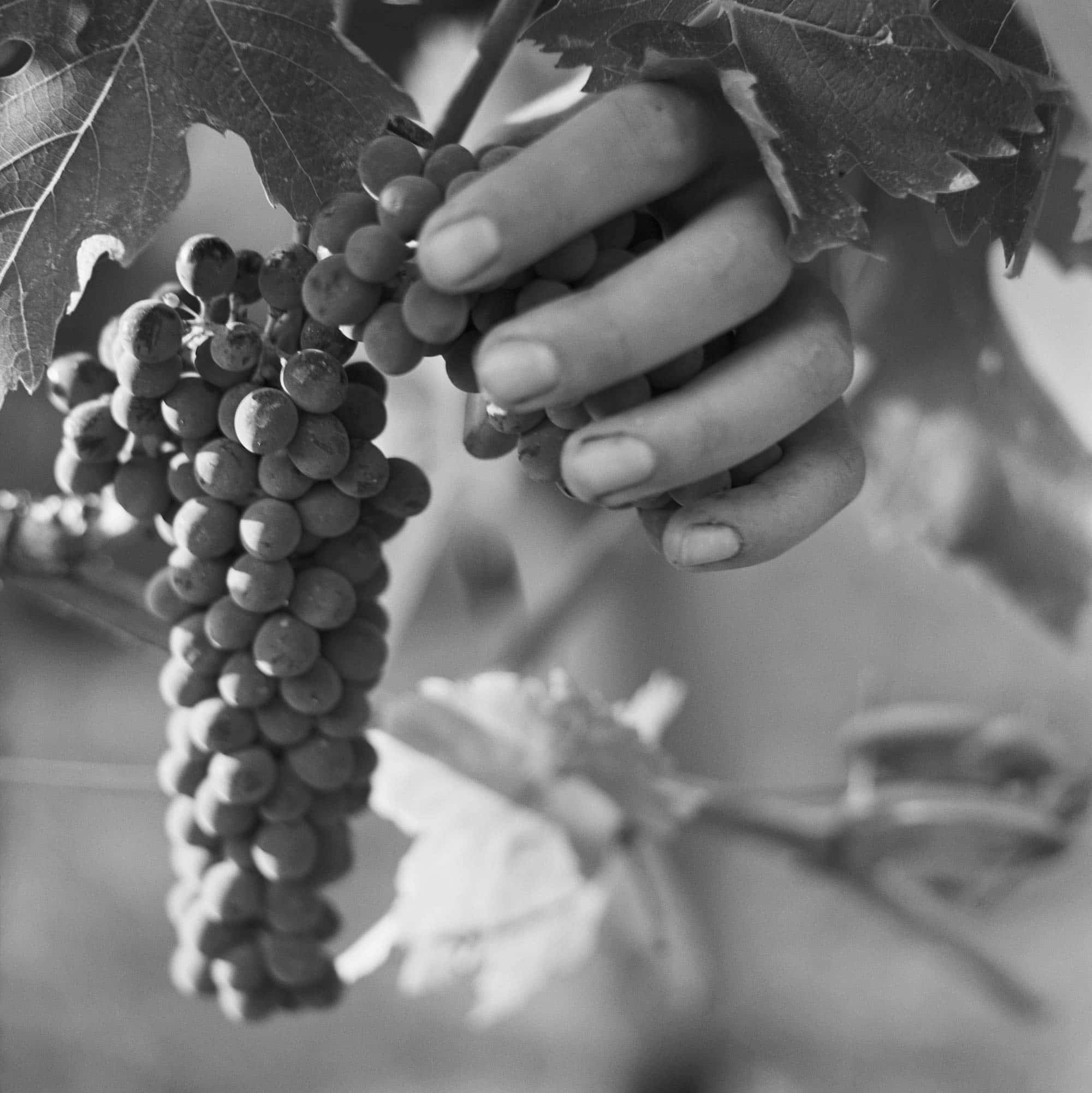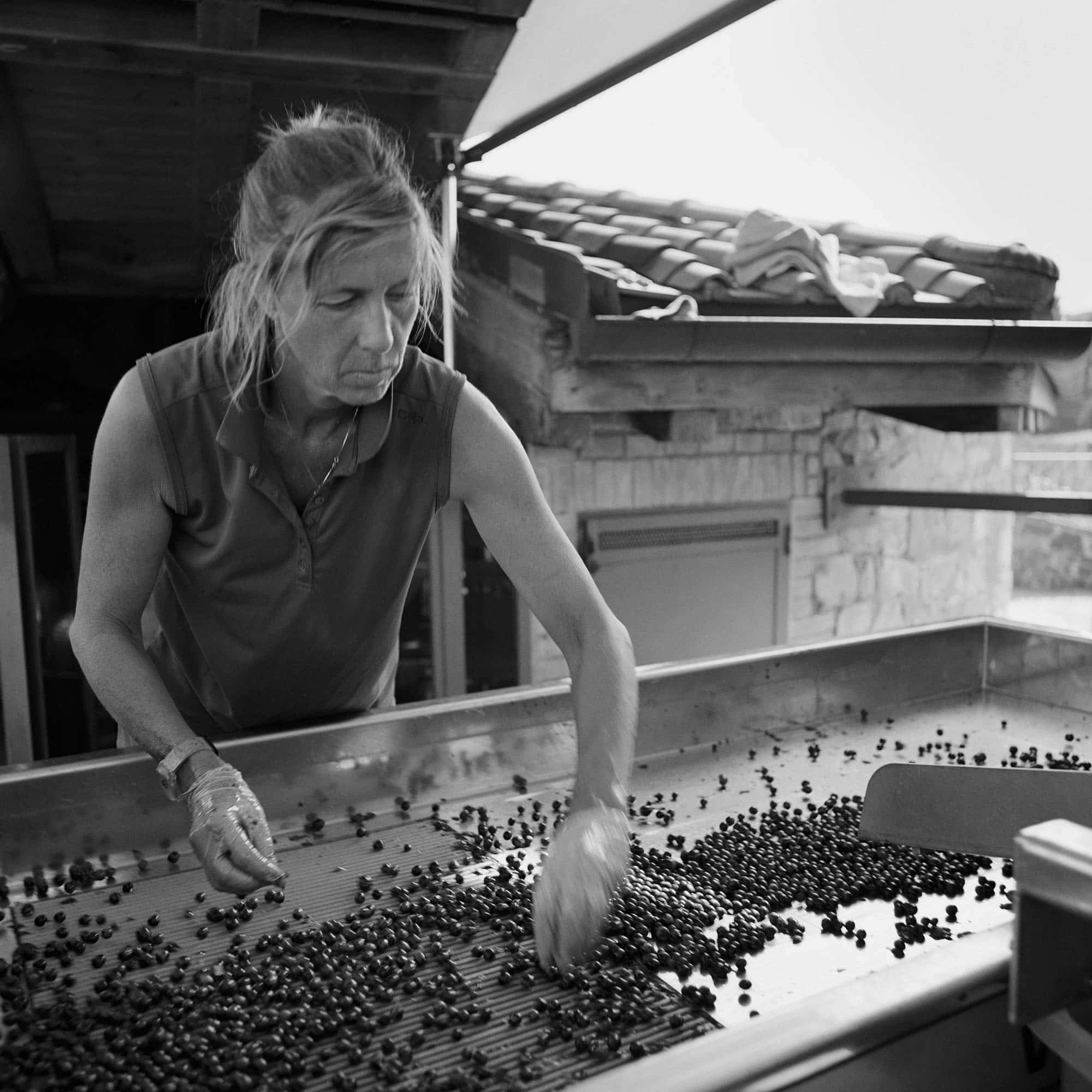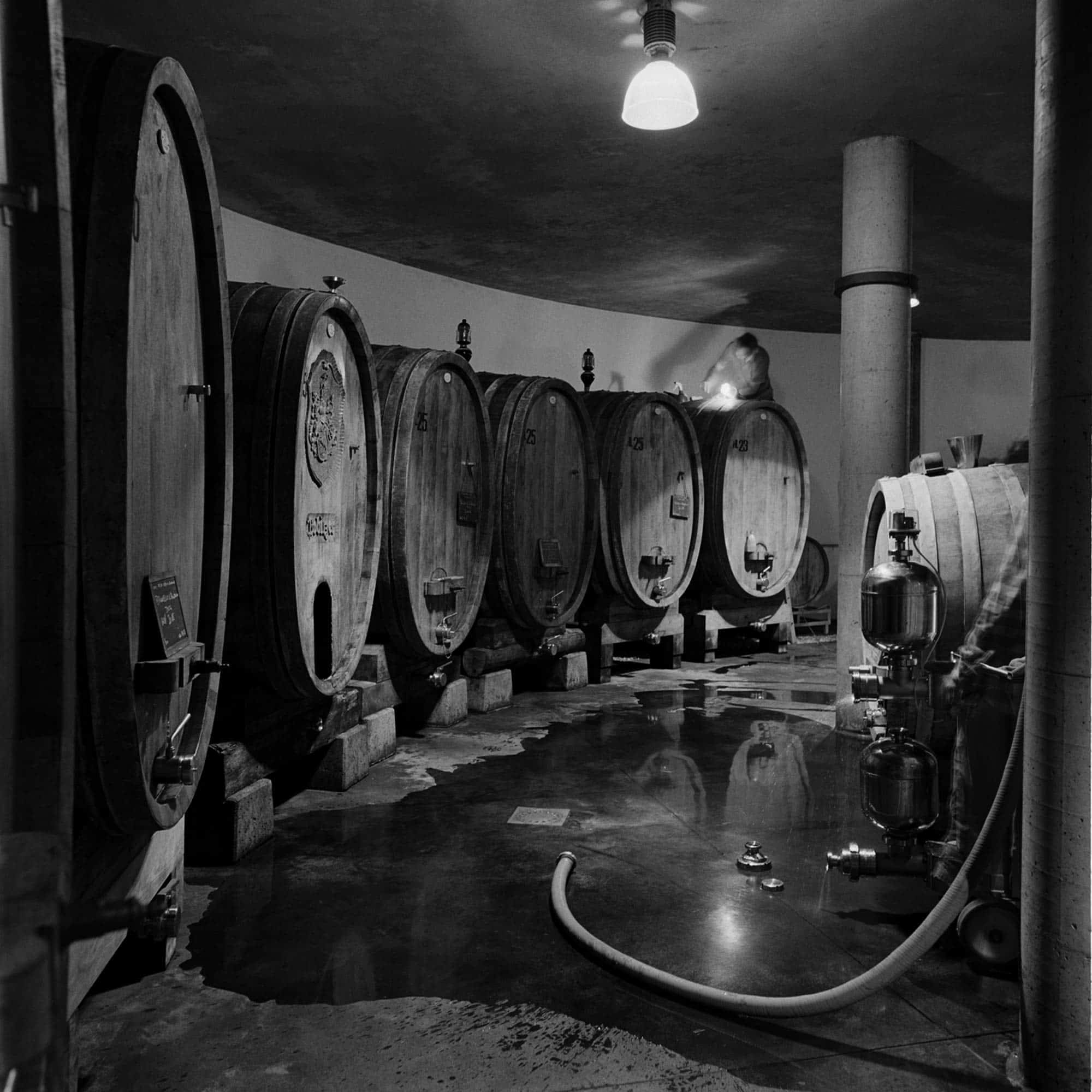Sangiovese grapes are the gift of our vineyards, not a product of the cellar.
This is why fermentation is spontaneous: it is induced by indigenous yeasts that are formed on the grape skins while still on the plant. No need to add sulphurous dioxide or perform cooling: thanks to the meticulous selection procedures performed, grapes at this stage are already whole and perfect the way they are.
In the case of the Brunello di Montalcino, once grapes have been transferred to oak vats, the fermentation process typically starts within 3 days after harvest. Skin maceration takes 4 to 10 weeks, depending on the vintage. Still in the vat, right after alcoholic fermentation, malolactic fermentation takes place and lactic bacteria transform malic acid into lactic acid.
No additional yeast beyond grape yeasts, no industrial enzymes, no other additives or supplements to alter the flavours or inherent characteristics of the vineyard from which our grapes come, or the vintage itself.
After spending 36-55 months ageing in 12.5-50 hL oak barrels, the wine is bottled without filtration. The “Vigneti del Versante” Brunello di Montalcino (i.e. from vineyards on the DOCG hillside) rests in bottle for at least one year before being labelled and made available to customers. As for the Bassolino di Sopra Cru, the ageing process in the bottle lasts two years.
Grapes for the Rosso di Montalcino undergo the same selection as those used for the Brunello, but with a different vinification system. A short natural fermentation is followed by the spontaneous fermentation. Once alcoholic fermentation is over, post-fermentation maceration continues for approximately one week, enhancing the fruit and its freshness.
The wine is then poured into 25-30 hL barrels, where malolactic fermentation occurs. Next, the wine is aged for approximately 24-28 months before being bottled. It will then rest in the cellar for another 6 months.
Grapes for Piandorino come from the most prosperous parcels of our vineyards, where the soil generally favours the development of fruitier aromas.
Spontaneous fermentation, which usually does not exceed 28°C, and a short period during which grapes are left in contact with the skins (approximately 7-10 days) contribute to further enhance the typicity of these grapes.
While fermentation is still ongoing, wine is transferred to 12-25 hL oak barrels where it completes alcoholic fermentation and where malolactic fermentation normally also takes place. The duration of ageing in wood is generally decided based on sensorial impressions and, after approximately 16-20 months, the wine is bottled. After resting another 6 months in bottles, Piandorino is ready for tasting.
Character and originality, balance and elegance: in order to obtain a wine with these characteristics, it is fundamental to have a place that respects them – a healthy, natural and balanced environment.
The very cellar, located next to the farmhouse of the Pian dell’Orino estate, was created following biological criteria and the respect of the surrounding landscape, and constructed with building materials that allow it to breathe: clay, wood, lime, and stones sourced from the vineyards.
Its rounded shape recalls a cradle, an ideal and harmonious place.
